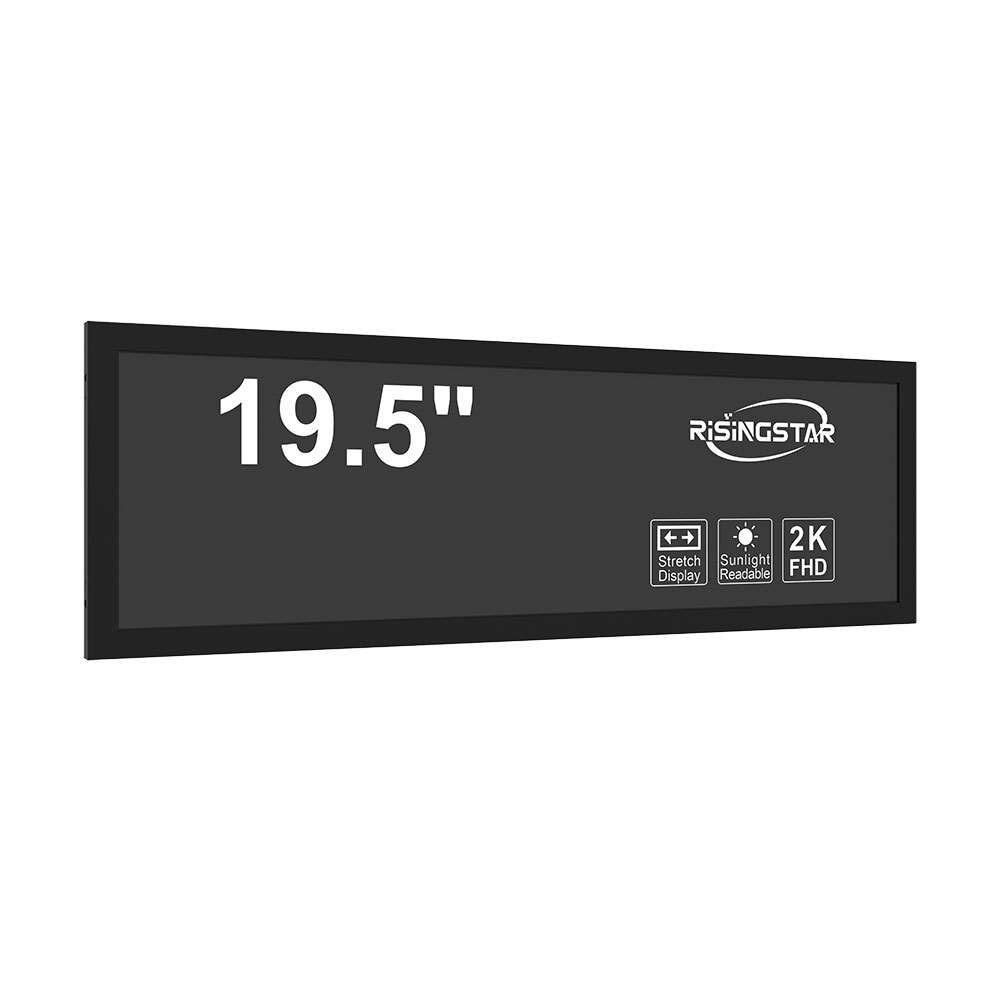- Home
- About Us
- Products
- News
- Video
- Contact
- Send Inquiry
Search
- Home
- About Us
- Products
- News
- Video
- Contact
- Send Inquiry

When designing or selecting an outdoor LCD screen for public information display, traffic monitoring, digital signage, or advertising applications, brightness is one of the most critical parameters—especially in direct sunlight. Industry standards such as those from the International Electrotechnical Commission (IEC) and the Society of Motion Picture and Television Engineers (SMPTE) recommend a minimum luminance of 5,000 nits for high-visibility outdoor displays under full sun conditions. However, many modern commercial-grade outdoor LCDs now exceed 7,000 to 10,000 nits, particularly in markets like North America, Japan, and parts of Europe where solar irradiance can reach over 1,000 W/m².
The ability of an outdoor LCD screen to maintain clarity and color accuracy in varying environmental conditions depends not only on peak brightness but also on advanced backlight technologies such as LED arrays with local dimming control, anti-glare coatings, and polarized filters. For instance, some manufacturers integrate adaptive brightness sensors that dynamically adjust screen output based on ambient light levels, which improves energy efficiency without sacrificing visibility. This feature is essential in regions with extreme temperature swings—from -30°C in northern winters to +60°C in desert environments—where thermal stability directly impacts panel performance and lifespan.

Moreover, IP65 or higher ingress protection ratings are necessary to prevent dust and water damage in harsh climates. Real-world case studies from cities like Dubai, Phoenix, and Seoul show that screens with robust sealing, heat dissipation systems, and UV-resistant materials perform reliably over 5–7 years, even in continuous 24/7 operation. From an engineering perspective, optimizing contrast ratio (typically >1000:1), viewing angles (≥178°), and response time (<8ms) ensures consistent image quality across different observer positions and dynamic content playback.
In summary, selecting an outdoor LCD screen isn't just about raw brightness—it requires evaluating total environmental adaptability, including thermal management, durability, and intelligent display features. By aligning technical specifications with real-world deployment scenarios, users can achieve long-term ROI, operational reliability, and visual impact in demanding outdoor settings.